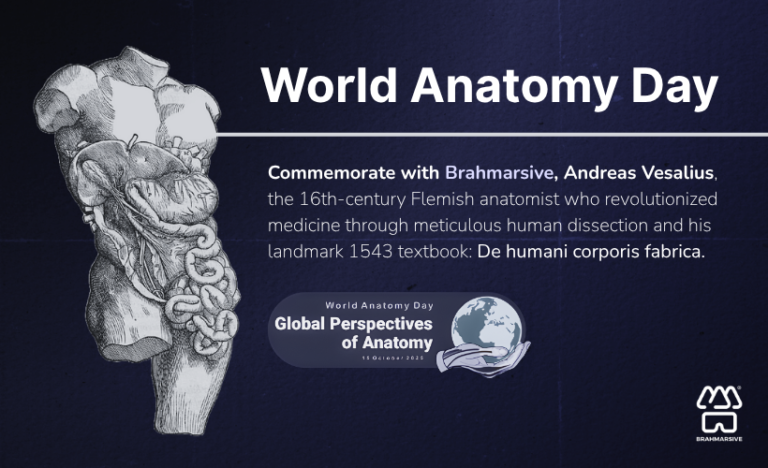The landscape of medical education is undergoing a profound transformation, driven largely by technological advancements. At the forefront of this revolution is the emergence of digital cadavers. These interactive, three-dimensional representations of the human body are redefining how medical students and professionals learn and practice.
Understanding Digital Cadavers
Digital cadavers are sophisticated 3D models that offer an unprecedented level of detail and interactivity. They allow users to explore the human anatomy in depth, layer by layer, without the constraints of a physical cadaver. These virtual models can be manipulated, rotated, and zoomed in on, providing a comprehensive understanding of anatomical structures and their relationships.
The Global Adoption of Digital Cadavers
The adoption of digital cadavers in medical education is rapidly gaining momentum worldwide.
North America: As a pioneer in technological integration, North America has been at the forefront of digital cadaver adoption. Leading medical schools in the United States and Canada have incorporated these tools into their core curriculum.
Europe: European countries have shown a steady increase in digital cadaver usage. Countries like the UK, Germany, and the Netherlands have invested in advanced digital anatomy platforms.
Asia: While adoption is still in its early stages compared to North America and Europe, countries like China, Japan, and South Korea are rapidly embracing digital cadavers to meet the growing demand for medical professionals.
Australia and New Zealand: These regions have been early adopters of digital cadavers, leveraging technology to overcome geographical challenges and provide equitable access to medical education.
Africa: Although facing infrastructure challenges, several African countries are exploring the potential of digital cadavers to improve medical education, especially in remote areas.
The Impact of Digital Cadavers on Medical Education
The integration of digital cadavers into medical education has far-reaching implications:
Enhanced Learning Experience: Digital cadavers offer an interactive and engaging learning environment, allowing students to explore anatomy at their own pace and from various angles.
Improved Surgical Skills: Surgeons can use digital cadavers to practice complex procedures in a simulated environment, reducing risks during actual surgeries.
Accelerated Research: Digital cadavers can be used for advanced research in anatomy, physiology, and pathology, leading to new discoveries.
Cost-Efficiency: While the initial investment in digital cadaver technology can be substantial, long-term costs are often lower compared to traditional cadaver-based dissection.
Ethical Considerations: Digital cadavers address ethical concerns related to the use of human bodies for educational purposes.
Challenges and Opportunities
Despite the numerous advantages, the widespread adoption of digital cadavers is not without challenges:
Initial Cost: The investment in high-quality digital cadaver software and hardware can be significant.
Faculty Training: Educators need to be equipped with the necessary skills to effectively utilize digital cadavers in their teaching.
Technical Issues: Ensuring reliable internet connectivity and compatible hardware is essential for optimal use.
Tactile Learning: Some argue that the tactile experience of traditional dissection is irreplaceable for developing certain surgical skills.
However, these challenges also present opportunities for innovation:
Hybrid Learning Models: Combining digital cadavers with traditional dissection can create a more comprehensive learning experience.
Advanced Haptic Technology: Developing haptic feedback systems can enhance the tactile experience in virtual environments.
Cost-Effective Solutions: The emergence of cloud-based platforms and affordable hardware options can make digital cadavers accessible to a wider range of institutions.
The Future of Medical Education
The future of medical education undoubtedly lies in the integration of technology. Digital cadavers are at the forefront of this transformation, offering unprecedented opportunities to enhance learning, improve patient care, and advance medical research. As technology continues to evolve, we can expect even more sophisticated and immersive digital cadaver experiences, shaping the next generation of healthcare professionals.





